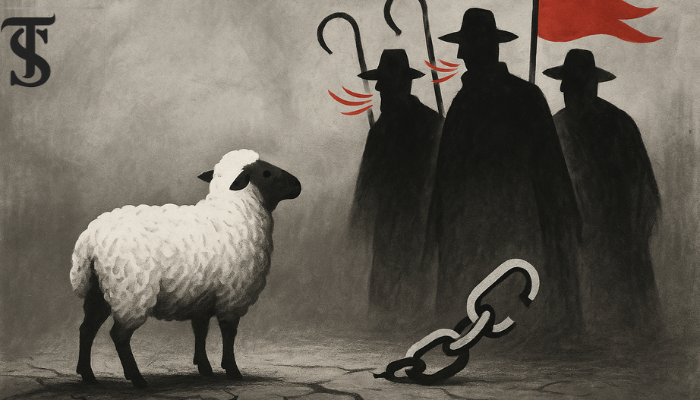Writing Rules of Ernest Hemingway: A Guide to Mastering the Craft

- Write with Authenticity – Start with one true sentence and evoke emotions through actions rather than direct description.
- Maintain Discipline – Stop writing while you still know what happens next, and avoid thinking about the story when not working.
- Be Concise – Keep prose brief, eliminate unnecessary words, and refine writing through multiple revisions for clarity and impact.
Ernest Hemingway, one of the most influential writers of the 20th century, was known for his concise and powerful prose. His writing philosophy revolved around discipline, simplicity, and emotional authenticity. He developed a set of guiding principles that helped him—and can help any writer—overcome creative blocks and produce compelling stories. Here are seven essential writing rules from Hemingway, supported by his own words.
1. Start with One True Sentence
Hemingway believed that the foundation of good writing is truth. When struggling to begin a story, he advised focusing on writing one honest sentence. This approach ensures authenticity and gives the writer a starting point to build upon.
“Sometimes when I was starting a new story and I could not get it going, I would sit in front of the fire and squeeze the peel of the little oranges into the edge of the flame and watch the sputter of blue that they made. I would stand and look out over the roofs of Paris and think, ‘Do not worry. You have always written before and you will write now.’”
This quote highlights his belief in persistence and trusting the writing process. Even when facing creative blocks, a writer should remember their past successes and focus on crafting one true sentence.
2. Stop While You Still Know What Happens Next
Many writers struggle with knowing when to stop for the day. Hemingway advised stopping at a point where you already have an idea of what comes next. This technique prevents writer’s block and makes it easier to resume writing the next day.
“The best way is always to stop when you are going well and when you know what will happen next. If you do that every day when you are writing a novel, you will never be stuck.”
By leaving something unfinished, the subconscious continues working on the story, making it easier to return to writing with momentum.
3. Never Think About the Story When You’re Not Working
Hemingway warned against obsessing over a story when not actively writing. He compared creativity to a well that needs time to replenish. Constantly thinking about the story outside of writing sessions can drain creative energy.
“I had learned already never to empty the well of my writing, but always to stop when there was still something there in the deep part of the well and let it refill at night from the springs that fed it.”
Allowing time for ideas to develop naturally can lead to fresh perspectives and prevent burnout.
4. Start Each Session by Reading What You’ve Written
To maintain consistency and flow in writing, Hemingway suggested rereading previous chapters before continuing. This practice helps maintain continuity and ensures that new writing aligns with the established tone and structure.
“When it gets so long that you can’t do this every day, read back two or three chapters each day; then each week, read it all from the start.”
By regularly reviewing past work, a writer stays immersed in the story and reduces the risk of inconsistencies.
5. Don’t Describe an Emotion—Make It
Hemingway’s writing style was known for its ability to evoke strong emotions without explicitly stating them. Instead of describing feelings directly, he advised writers to create situations and actions that naturally generate emotion in the reader.
“In writing for a newspaper, you told what happened and, with one trick and another, you communicated the emotion aided by the element of timeliness, which gives a certain emotion to any account of something that has happened on that day; but the real thing, the sequence of motion and fact that made the emotion and which would be as valid in a year or in ten years or, with luck, if you stated it purely enough, always, was beyond me.”
By focusing on actions and events rather than abstract emotions, writers can create a more powerful and lasting impact.
6. Use a Pencil
In the digital age, most writers rely on computers, but Hemingway preferred using a pencil. He believed writing by hand allowed for multiple revisions, giving the writer three opportunities to refine their work.
“If you write with a pencil, you get three different sights at it to see if the reader is getting what you want him to. First when you read it over; then when it is typed, you get another chance to improve it, and again in the proof.”
This method ensures that a piece is carefully crafted before reaching its final form.
7. Be Brief
Hemingway was a master of brevity, believing that great writing should be concise and impactful. He pointed to Abraham Lincoln’s Gettysburg Address as an example of how fewer words can carry immense weight.
“It wasn’t by accident that the Gettysburg address was so short. The laws of prose writing are as immutable as those of flight, of mathematics, of physics.”
A writer should eliminate unnecessary words and focus on clarity, making every sentence count.
Conclusion
Hemingway’s writing rules emphasize discipline, authenticity, and precision. By following his advice—starting with one true sentence, stopping while ahead, allowing creativity to recharge, revisiting past work, showing rather than telling emotions, using a pencil, and maintaining brevity—writers can improve their craft. Whether you’re a novelist, journalist, or essayist, Hemingway’s principles provide timeless guidance for creating compelling, enduring literature.





